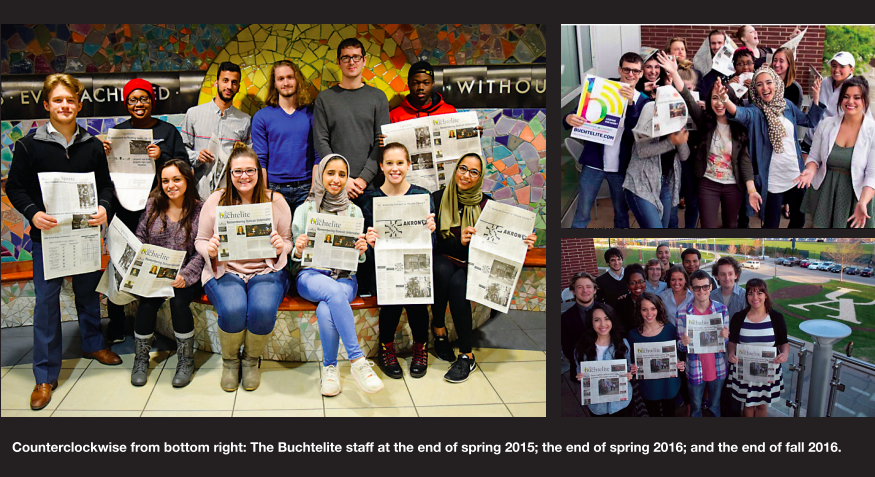“When new students arrived for orientation at the University of Akron this summer, they learned more than just scheduling classes. With the popularity of social networking Web sites such as MySpace and Facebook soaring, securing students’ safety with the information they are posting is a growing concern.”
“
When new students arrived for orientation at the University of Akron this summer, they learned more than just scheduling classes.
With the popularity of social networking Web sites such as MySpace and Facebook soaring, securing students’ safety with the information they are posting is a growing concern.
A new addition to the New Student Orientation program is Tech Tools @ UA. The presentation focuses on online safety, security and what to look out for when posting information on networking sites.
An article published by the Akron Beacon Journal’s Bob Dyer sparked the interest of orientation leaders, causing them to take a closer look at these Web sites. Some found questionable information posted on many users’ profiles.
Harmless information can lead to issues, said Carly McNutt, a New Student Orientation graduate assistant. Students have been fined and kicked out of residence hall rooms on campuses across the country for having pictures of them drinking in their rooms posted on Facebook or MySpace. Employers look at these sites to find out more about the people they are interviewing for positions.
During Tech Tools @ UA presentation, screenshots of a fictitious account are shown and students are asked to pick out the items that could lead to trouble personally, professionally or academically. This information includes class schedules, residence hall room numbers, cell phone numbers and work schedules.
Students don’t think about this a lot of the time, so we really want them to know that they should be careful about what they post or (should) set their profiles to private because people other than their friends look at those pages, McNutt said.
Phishing is another growing safety issue on the Internet that is also covered in the Tech Tools @ UA presentation.
According to antiphishing.org, the Web site of the Anti-Phishing Working Group, phishing is the process of using spoofed e-mails and Web sites to hijack names of banks, online retailers and credit cards in order to steal consumers’ data. The APWG documented at least 322,580 reports of phishing between May 2006 and May 2007 alone.
Due to the large number of phishing e-mails sent out every month and students’ lack of knowledge, information was added to the Tech Tools @ UA program as well. Students were advised not to open links from within e-mails, and students were also told what to do if they find out that someone has stolen their information.
According to recent evaluations, the Tech Tools @ UA is now one of the highest rated sessions in New Student Orientation.
Comments usually revolve around the idea that they had no clue they could really get in trouble on campus or not get a job because of the things they had posted, McNutt said.
More information about online safety can be found at www.uakron.edu/colleges.univcoll.fye.danger.php. Information about phishing can be found on WebCT through the ‘Phil the Phisher’ link.
“

